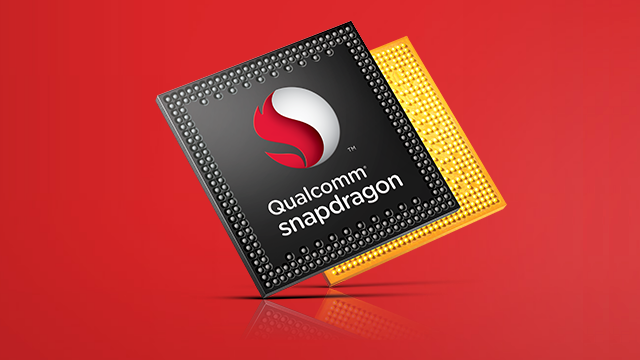Qualcomm promises to launch its first 5G modem in 2018 that will deliver extraordinarily fast download speeds at around 5Gbps.

Deemed the Snapdragon X50, the modem will operate with a bandwidth of approximately 800MHz on the millimeter wave (mmWave) spectrum, a frequency also being considered by Samsung, Nokia, and Verizon. In the UK, Ofcom is looking into a number of bands ranging between 6GHz and 100GHz. Qualcomm’s bid could revolutionize the industry, generating a final frequency well before 2020 – the year 5G is expected to reach consumer products.
“The Snapdragon X50 5G modem heralds the arrival of 5G as operators and OEMs reach the cellular network and device testing phase,” said Qualcomm exec VP Cristiano Amon.
The company noted that the modem design aids early trials for manufacturers and operators. It has the ability to switch back down to 4G LTE if a 5G device cannot be found. Qualcomm’s device increases the number of base stations (small cells) and uses numerous Multiple-Input Multiple-Output (MIMO) antennas.
By using multi-element antenna arrays, the Snapdragon X50 5G modem is able to overcome mmWave’s limitations. The antennas are designed to use beamforming and beam tracking technologies, extending mmWave’s mobility and reach. It can direct the mmWave beam and bounce off obstacles to reach the mmWave 5G small cell that it may be communicating with.
Additionally, Qualcomm unveiled its next generation of chips: the Snapdragon 653, 626, and 427, which will supersede its current 652, 625, and 425 chips. All three chips are mid-range solutions and have support for new key features. They integrate the company’s newer X9 LTE modem, which allows Cat 7 downlink speeds of up to 300Mbps and Cat 13 uplink speeds reaching 150Mbps. Dual-camera support is also included in the new chips and may deliver four times the charging speeds.
The 653 and 626 chipsets will be available by the end of the year, and the 427 is planned to be placed into consumer devices by early 2017.
Source: Ars Technica
Advertisement
Learn more about Electronic Products Magazine





